Both the TSA and FAA allow travelers to bring NiMH batteries on a plane. They are one of the most travel-friendly rechargeable power sources you can own, perfect for powering your entire journey.
Table of Contents
- Can You Take NiMH Batteries on a Plane?
- Why Do Airlines Have These Rules for Batteries?
- How Should You Pack Your NiMH Batteries for Safe and Easy Travel?
- Which EBL Batteries Are Best for Your Travel Gadgets?
- Is Your Battery Charger Allowed on the Plane?
- Ready for Takeoff
- FAQ
Can You Take NiMH Batteries on a Plane?
Yes, you can.
Both the Transportation Security Administration (TSA) and the Federal Aviation Administration (FAA) permit NiMH batteries on commercial flights.
They are classified as a type of "dry cell" battery, which includes standard alkaline batteries, and are considered safe for air travel when packed correctly.
Let's break down the specific airline regulations for your carry-on and checked bags.
The Simple Rule for Your Carry-On Luggage
Your carry-on bag is the best place for NiMH batteries.
The FAA requires that spare batteries, those not installed in a device, be placed in your carry-on luggage.
The most important requirement is that you must protect them from short-circuiting.
This simply means ensuring the battery terminals can't touch metal objects like keys, coins, or even other batteries.
This simple precaution is all it takes to travel safely with your spare rechargeable batteries.
The Rule for Your Checked Baggag
You can leave your EBL batteries in your electric shaver, flashlight, or kids' toys and pack them in your checked luggage without an issue.
But with one condition: they must be securely installed in the electronic device they power.
Just be sure the device is turned off to prevent accidental activation.
The rule of thumb is simple: if it's in a device, it can be checked. If it's a spare, it must be in your carry-on.
Why Do Airlines Have These Rules for Batteries?
The regulations aren't there to make packing more difficult; they are based on a simple but important safety principle that applies to all batteries. These guidelines are designed to prevent one specific event: a short circuit.
A short circuit happens when a metal object, such as keys, coins, or even the foil from a gum wrapper, touches both the positive (+) and negative (-) terminals of a battery at the same time.
A short circuit is like knocking off the water bottle top, causing all the energy to rush out at once. This rapid discharge can cause the battery to get very hot very quickly.
This heat can pose a fire hazard. An external short circuit can cause the battery's internal temperature and pressure to rise, potentially leading to leaks.
This is why airline regulations for batteries are focused on one thing: safely protecting the terminals of your spare batteries.
At EBL, our batteries undergo rigorous safety tests, including short-circuit, impact, and heating tests, to ensure they are built to be as safe as possible.
How Should You Pack Your NiMH Batteries for Safe and Easy Travel?
Here are our top tips for packing your NiMH batteries like a seasoned pro.
Tip #1: Protect the Terminals on All Spare Batteries
This is the most important step. Your goal is to prevent the battery terminals from touching metal. Here are a few easy options:
- Keep Them in Original Packaging: The plastic packaging your EBL batteries came in is perfectly designed to keep them separate and safe.
- Use a Dedicated Battery Case: For frequent travelers, we recommend our durable EBL battery storage cases. They are the most secure, organized, and reusable way to protect your batteries trip after trip.
- The Electrical Tape Trick: In a pinch, a small piece of electrical or other non-conductive tape placed securely over the positive and negative ends of each battery works perfectly.
Tip #2: Keep Spares and Devices Organized
Here is a pro-tip for a smoother security screening experience: pack your spare batteries and the devices they power in the same compartment of your carry-on.
If it needs to be inspected, having everything in one place makes the process quick and easy.
Organization is the key to moving through the line efficiently.
Tip #3: Do a Pre-Flight Power Check
Have you ever pulled out a battery after a long time, only to find it completely dead?
All rechargeable batteries slowly lose their charge over time, a process called self-discharge.
If a NiMH battery is stored for many months and becomes fully depleted, its voltage can sometimes drop so low that a charger may not recognize it right away.
To avoid this, we suggest giving your batteries a quick top-up charge before you pack them. This ensures they’ll be ready to work the moment you land and will have no trouble accepting a charge from your charger.
Which EBL Batteries Are Best for Your Travel Gadgets?
Every device in your travel bag has a different power need. Let's match the right EBL power source to your gear to ensure flawless performance on your trip.
For Your Noise-Canceling Headphones
Many of the most essential, compact travel gadgets rely on the slim profile of AAA batteries. This includes noise-canceling headphones for a peaceful flight, portable media remotes, and many small electronic toys to keep the little ones happy.
EBL high-capacity AAA NiMH batteries, like the 1100mAh model, are designed to provide hours of steady, reliable power so you can tune out the world and enjoy your journey from takeoff to landing.
For Your Kids' Toys & Game Controllers
The AA battery is the workhorse of the portable electronics world, and it's likely the most common size in your travel bag.
Handheld game controllers, portable fans, wireless mice, and a huge variety of electronic toys all depend on the power of AA batteries.
For these higher-drain devices, EBL 2800mAh rechargeable AA batteries are the perfect fit.
They deliver the robust, long-lasting current to prevent in-flight meltdowns when your favorite toy suddenly stops working, giving you and your family hours of uninterrupted fun.
For Specialty Electronics like Guitar Pedals & Microphones
For musicians, audio professionals, or those traveling with specific medical devices, the 9V battery is a travel necessity.
It powers everything from electric guitar effect pedals and portable microphones to certain TENS units.
EBL rechargeable 9V batteries provide stable, long-lasting power and are a cost-effective, reusable solution for your most important specialty devices.
Is Your Battery Charger Allowed on the Plane?
The answer is simple: Yes, you can bring your battery charger on a plane.
Battery chargers are treated like any other consumer electronic device or power cord.
There are no specific restrictions against them, and you can pack them in either your carry-on or your checked luggage.
However, we recommend packing your charger in your carry-on bag along with your spare batteries.
This keeps all your power accessories in one place, making things simpler if you need to access them or if security wants to take a look.
For maximum travel convenience, consider a versatile charger like the EBL 906.
It can handle multiple battery sizes—including AA, AAA, C, D, and 9V NiMH cells, all in one unit. This saves valuable space in your luggage and means you only need to pack one device to keep all your rechargeable batteries ready for action.
With your EBL batteries and charger safely packed, you're all set for a journey free of power anxiety and full of amazing experiences.
Ready for Takeoff
Traveling with NiMH batteries is allowed.
The FAA and TSA rules are simple: keep your spare rechargeable batteries in your carry-on and ensure their terminals are protected.
You can do this easily with their original packaging, a dedicated battery case, or a simple piece of tape. Any batteries already inside your devices can be safely packed in your checked luggage.
One of the greatest advantages of traveling with NiMH technology is that, unlike lithium-ion batteries, they are not subject to a specific watt-hour capacity limit, making them a straightforward and worry-free choice.
Any NiMH batteries already inside your devices can be safely packed in your checked luggage.
Travel with the confidence that comes from being prepared. Power your next adventure with EBL.
FAQ
What type of battery is not allowed on airplanes?
The FAA forbids carrying any battery that is damaged or has been recalled by the manufacturer. Additionally, all spare lithium-ion batteries are prohibited in checked luggage and must be kept in your carry-on bag.
What batteries are TSA approved?
The TSA permits dry cell batteries like NiMH and alkaline without a capacity limit, and standard lithium-ion batteries up to 100 watt-hours (Wh). Larger lithium-ion batteries (101-160 Wh) and nonspillable wet batteries (under 100Wh and 12V) require airline approval, while all damaged or recalled batteries are forbidden.
Is a NiMH battery a lithium battery?
No, a NiMH (Nickel-Metal Hydride) battery uses a different, nickel-based chemistry and is not a lithium battery. This is why the travel regulations for NiMH batteries are less restrictive.
Can NiMH batteries be shipped by air?
Yes, as a passenger, you can carry NiMH batteries on a plane in your luggage by following FAA guidelines. Commercial air cargo shipments have separate, more detailed regulations, but are also permitted when compliant.
Is a 20000mAh power bank allowed on a flight?
Yes, a 20,000mAh power bank is typically well under the 100 Watt-hour (Wh) limit set by the FAA and is allowed in your carry-on luggage. All power banks are considered spare lithium-ion batteries and are not permitted in checked baggage.
What is the largest battery you can fly with?
For lithium-ion batteries, passengers can carry batteries up to 100 Watt-hours (Wh); with airline approval, you may bring up to two spare batteries that are between 101-160 Wh. For common NiMH batteries, the FAA does not state a specific capacity limit.
Why can't I use a power bank on a plane?
You can use your power bank to charge your devices during a flight. The only rule is that the power bank itself, like all spare lithium batteries, must be transported in your carry-on luggage, not your checked bag.
What electronics are not allowed in checked luggage?
The most common electronics prohibited from checked luggage are e-cigarettes and vaping devices, which must be in your carry-on. Similarly, any device considered a spare battery, such as a power bank, must also be in your carry-on.

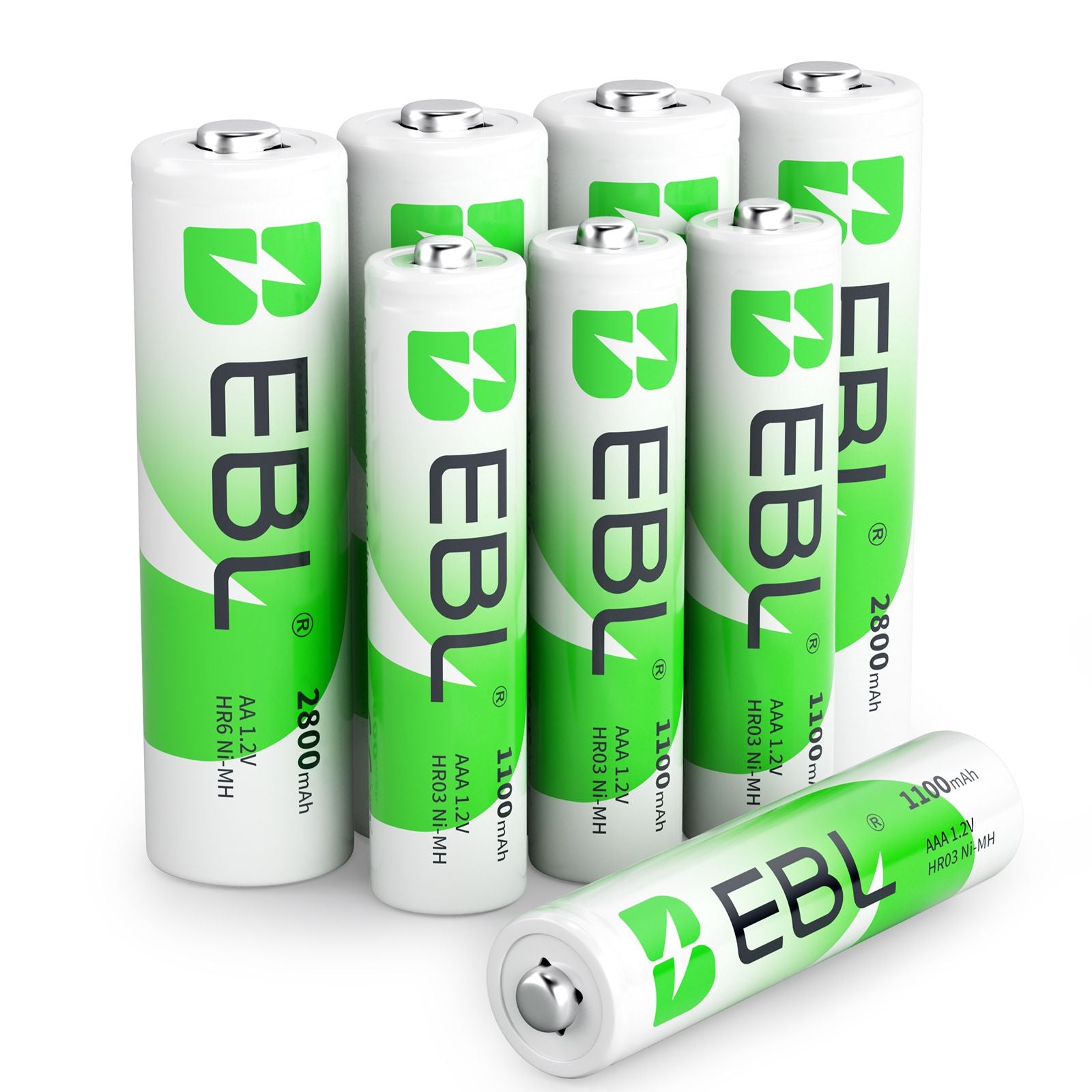

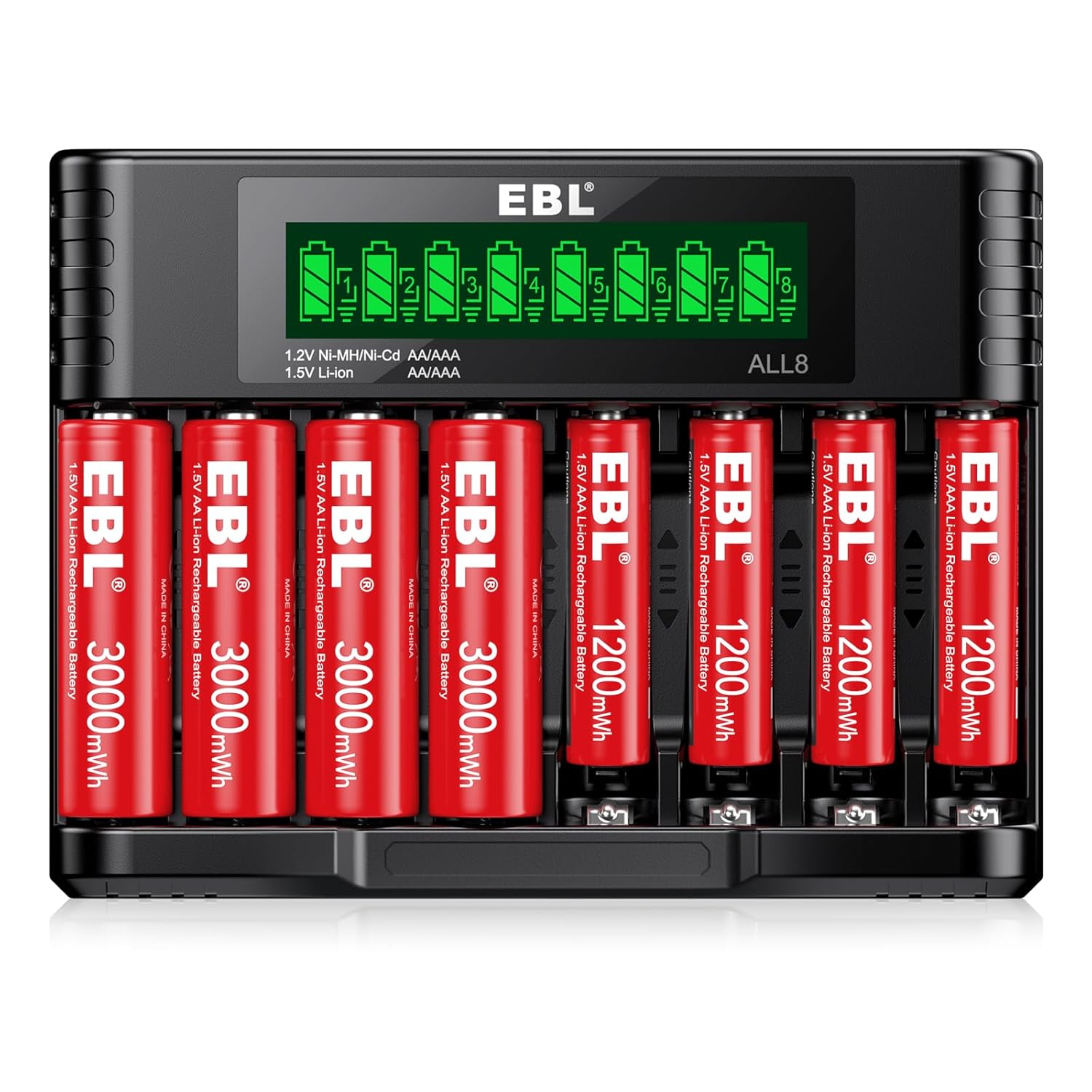

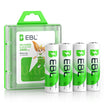
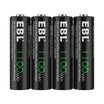
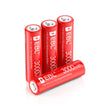
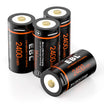
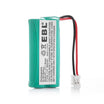
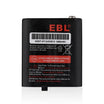
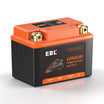
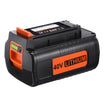
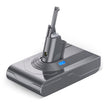
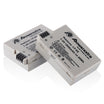
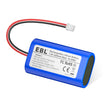
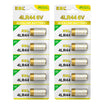
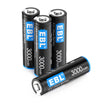
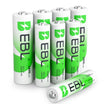
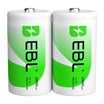
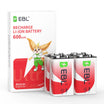

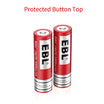
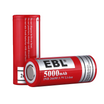
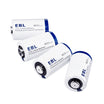
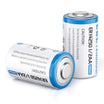
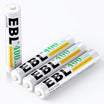
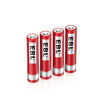
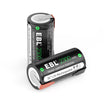
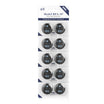
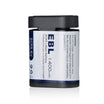
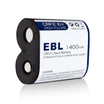
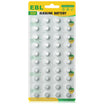
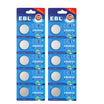





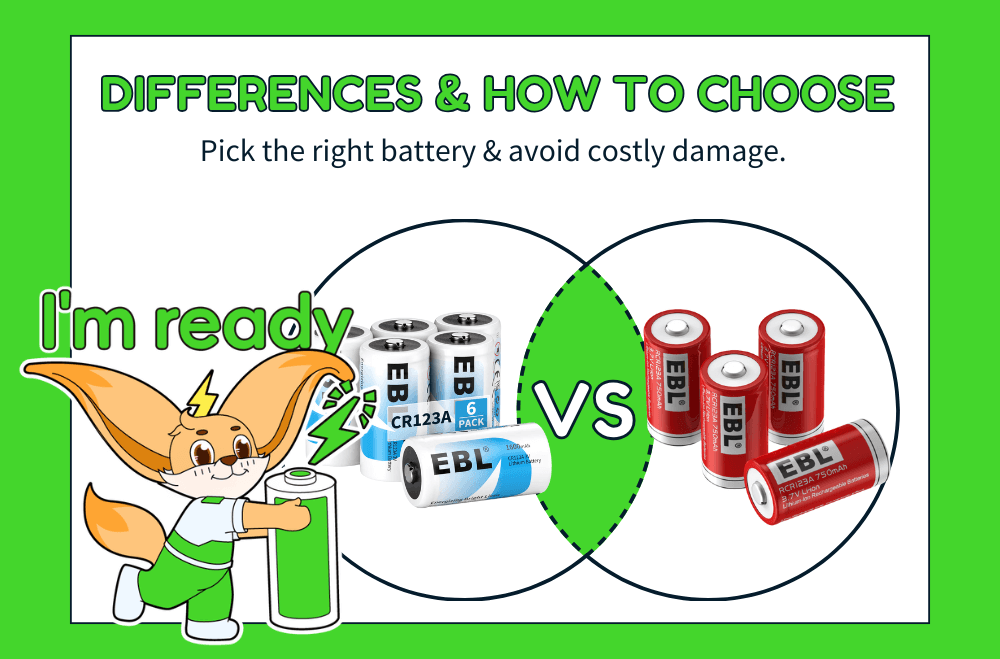

Leave a comment
All comments are moderated before being published.
This site is protected by hCaptcha and the hCaptcha Privacy Policy and Terms of Service apply.